Disclosure: This post may contain affiliate links, meaning I get a commission if you decide to make a purchase through my links, at no cost to you.
Elevate your photography by learning the advantages and limitations of using a prime lens over a zoom lens. In this tutorial, I will explain what a prime lens is, and why we love them!
What is a prime lens?
- It is a lens that can not zoom in and out.
- It has a fixed focal length
- It has a much larger aperture than a zoom lens so you can really blur out the background.
Some popular prime lenses are the
(I have linked the ones that I have for my Canon R6 camera bodies.)
Why do we use a prime lens when you seem to have so much more versatility with a zoom lens?
- You have much higher-quality glass in the lens so your images are sharper and clearer
- With a greater range of depth of field, you can adjust the lens to a larger aperture, allowing for more background blur. This results in your subject standing out more prominently from the background.
- Prime lenses have a great lowlight capability. You have more latitude to shoot in darker situations while maintaining the quality of the photo.
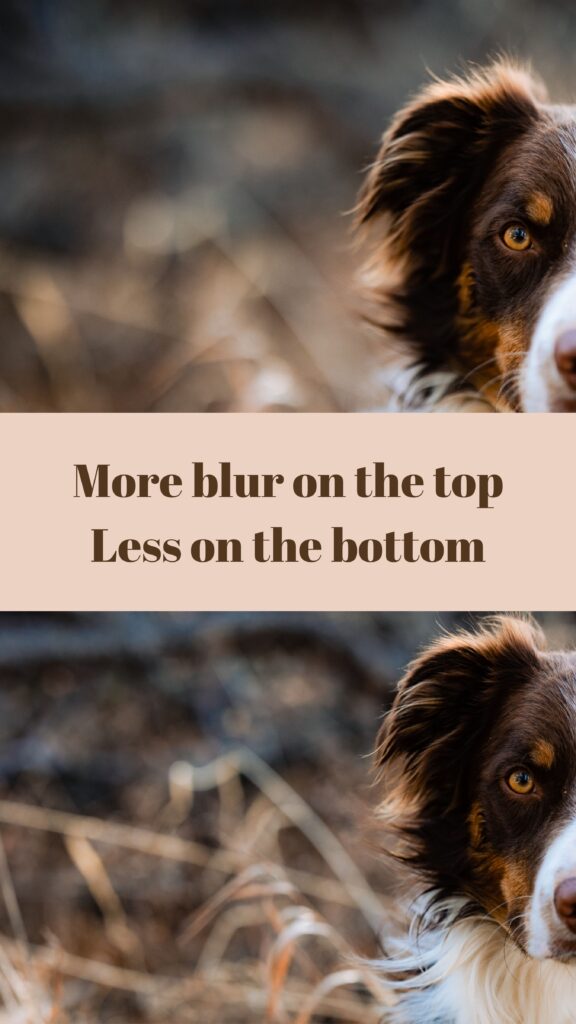

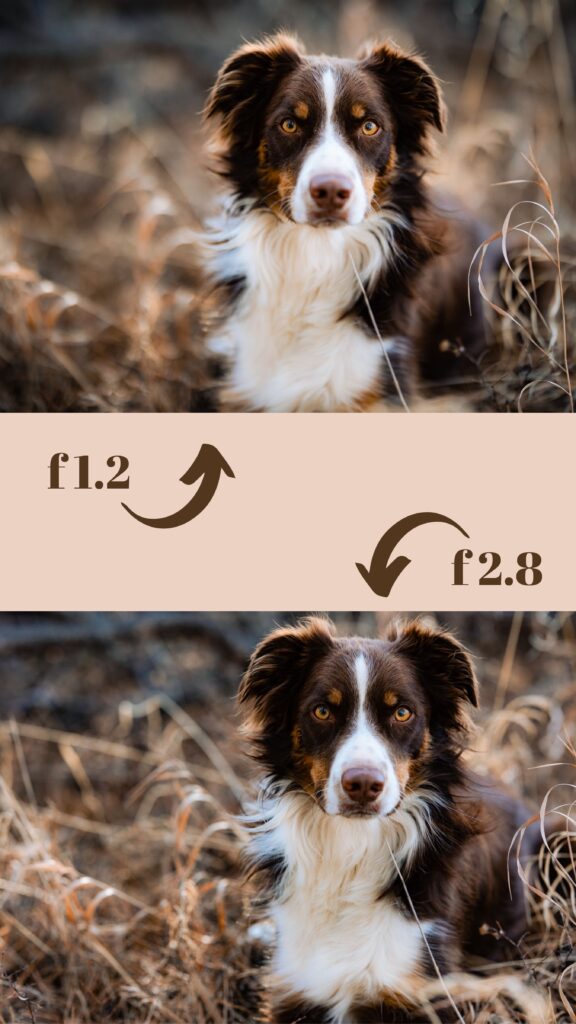
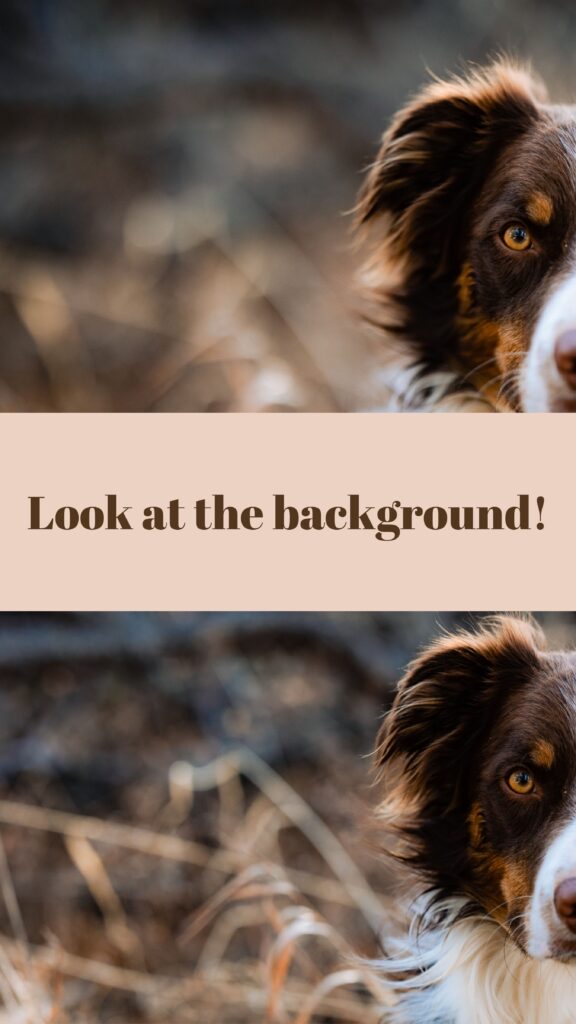
Depth of Field- the amount of area that is sharp either in front of or behind the subject.
Side note and this can be confusing-
I say a larger aperture I actually mean a larger opening in the lens but that equates to a smaller number on the camera setting.

The above image was taken from Wikipedia
I use the 35mm and the 85mm. I love both of these lenses for that reason. If I am shooting someone full body and really want to blur a busy background out, I switch to my 85mm.
What are the cons of a prime lens?
- You have to move your feet more. If you want to frame the shot in a certain way you need to move your body in and out because you do not have the zoom to compensate.
- Shot composition can take a little longer. If I am shooting a fast-moving subject, I would not use a prime lens. Typically the 85mm is slower to focus and I can’t always move fast enough to get the shot composed the way I want it. In this situation, I would fall back on a zoom lens.
Your aperture number measures how much space stays in focus in your image.
The smaller the number, the smaller the space that stays in focus.
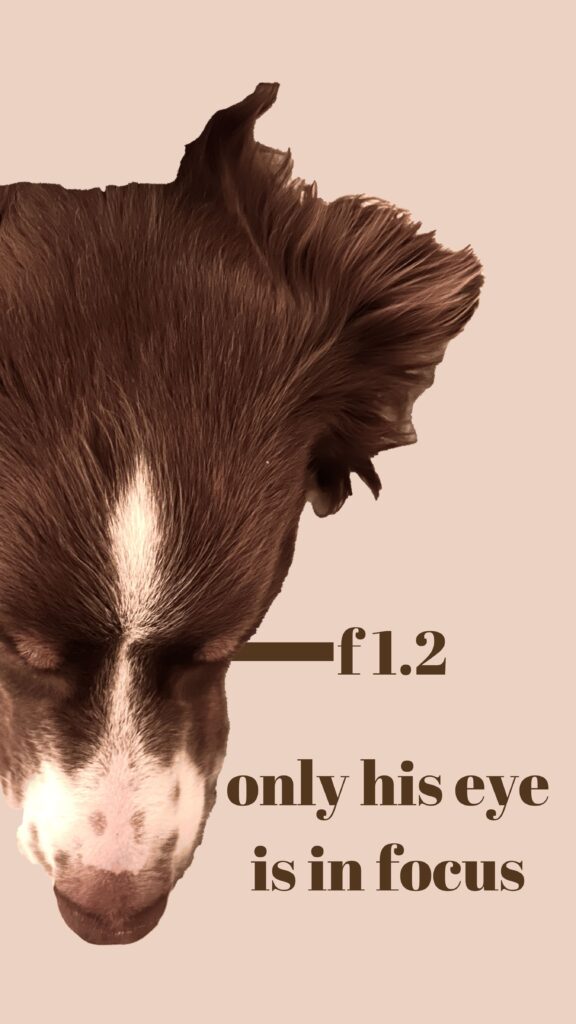

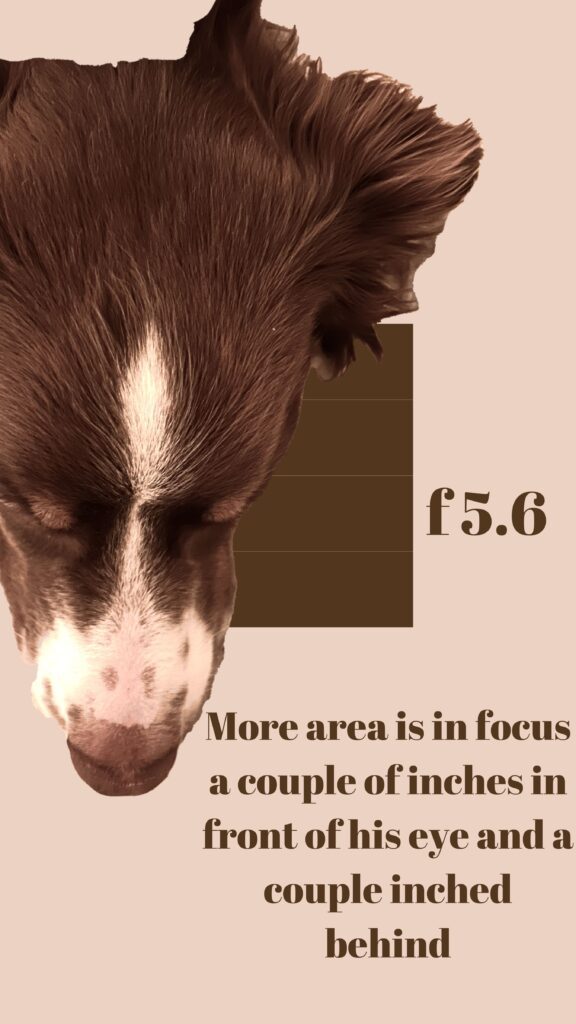
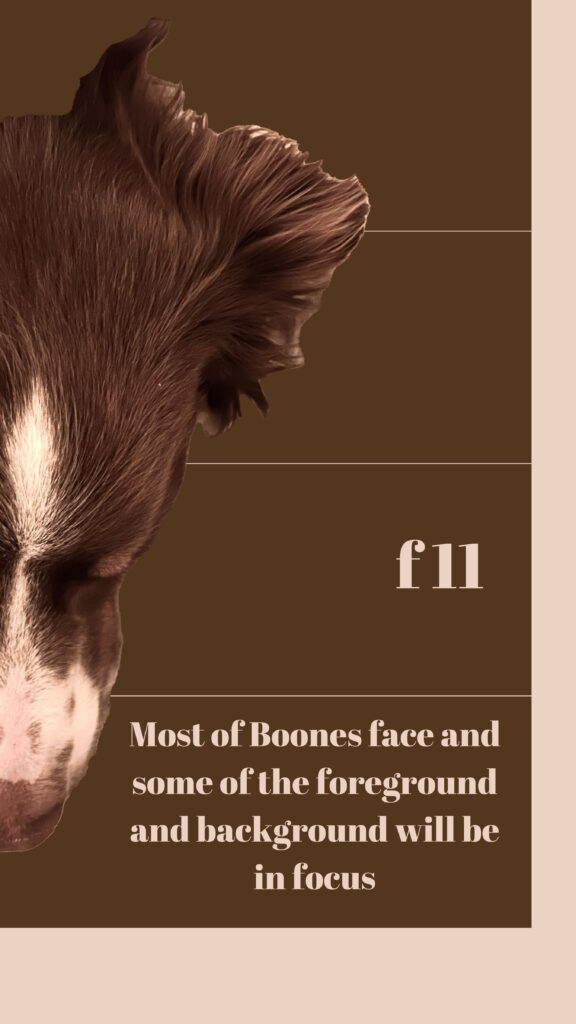
The below example of Lauren shot with an 85 mm at aperture 1.6. You can see that the hair on the back of her head is no longer in focus. When I use this lens at that aperture I make sure that my focal point is on my subject’s eye. That is the area of most importance to be sharp. If you look closer, the end of her nose is out of focus. This comes down to personal preference and style how much of the background you want blurred out.

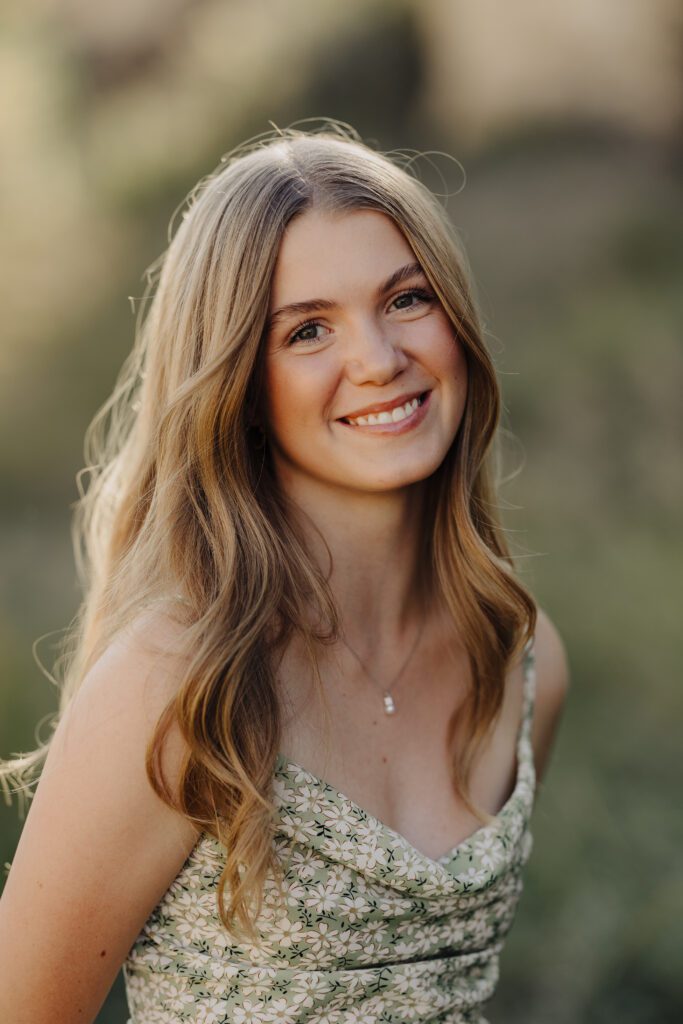
Below is an example of two different apertures used with the 85 mm and how they compare. On the left, the aperture is 1.6, and on the right, the aperture is 2.2. You can see that there is a bit more detail in the background elements. It’s subtle for sure but its there. When using a zoom lens, the lowest aperture would be 2.8.
There is one exception. Canon has come out with a 28-70 2.0 zoom lens. Because if this the lens is very versatile and I can’t say enough about it.


Below is an example of two different prime lenses and how they compare. On the left is the 85mm shot at 1.6 and on the right is the 35mm shot at 1.8. You can see that although they are virtually using the same aperture, the backgrounds look very different. As a rule, a lens with a longer focal length naturally blurs out the background. So in this case you would need to lower the aperture on the 35mm to achieve the same background blur as the 85.
*A helpful tip for those who do not have a prime lens and want to achieve a great amount of background blur. Use your zoom lens. a 200mm or 300mm zoom will be the most dramatic and zoom all the way out. The drawback, you will need to stand a long way back because of the zoom. the other drawback is that will not work in low light. This leads me to my next reason why we like prime lenses and that is for low light capabilities.
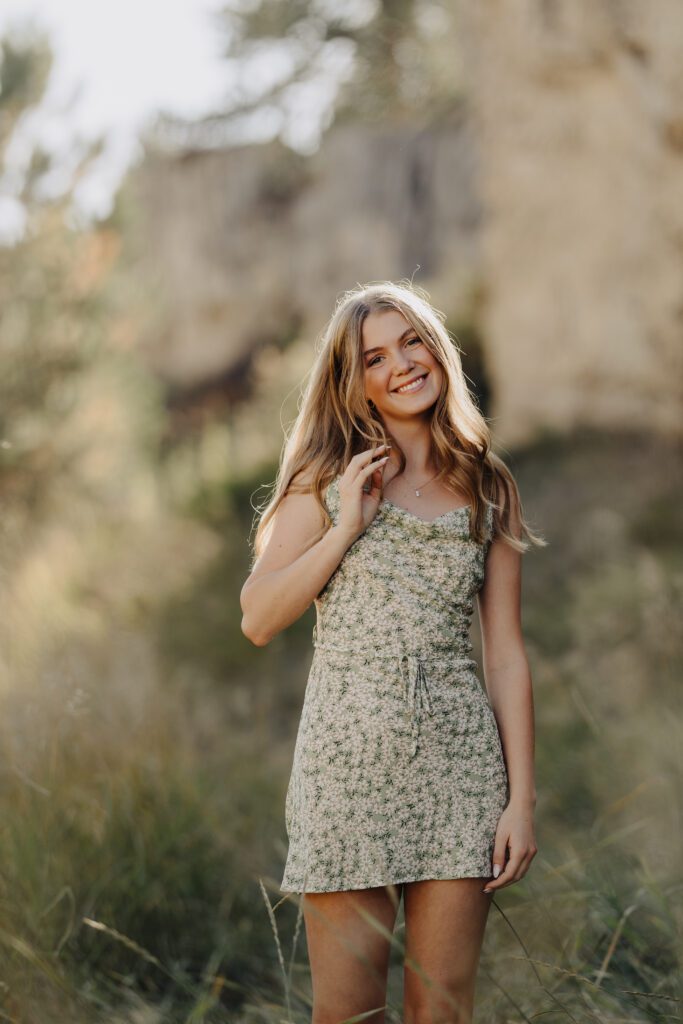
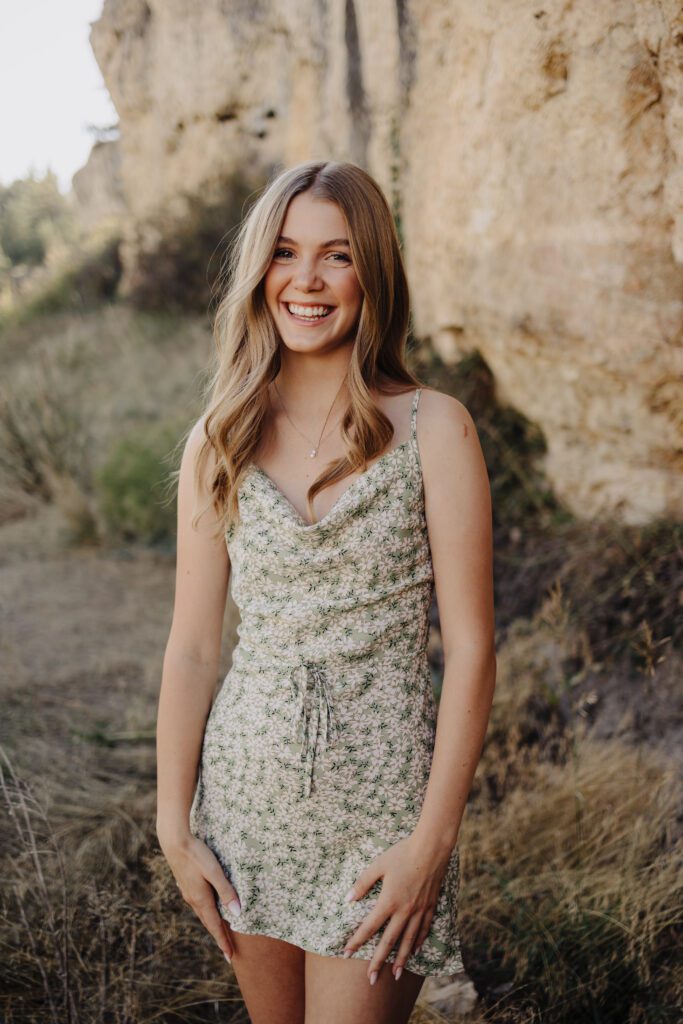

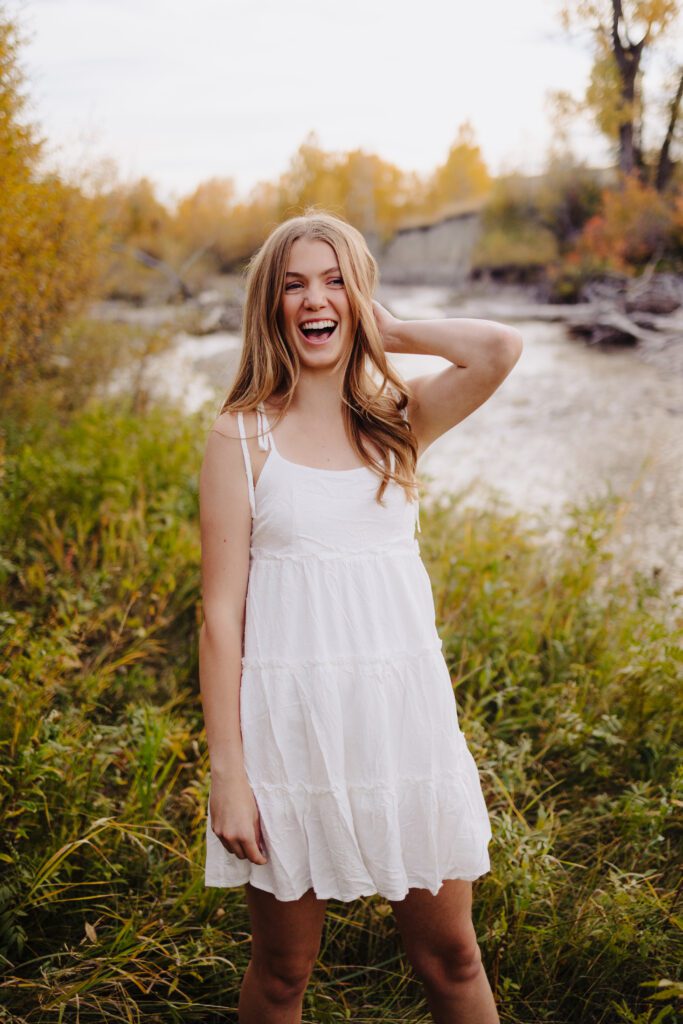
In this below example, I was shooting well after sunset when it was very dark. If I know I have to shoot well after sunset I put on my prime lens and shoot wide open (1.2) and then I don’t have to raise my ISO as high and risk loss of quality.
In the below photos, my setting reveals what I’m talking about.
The left photo is shot with the 28-70 at 41mm ISO 640 f2.0 1/1000 of a second
The right photos was shot with my 85mm at ISO 100 f1.2 1/250 of a second
Both have lowlight capabilities!

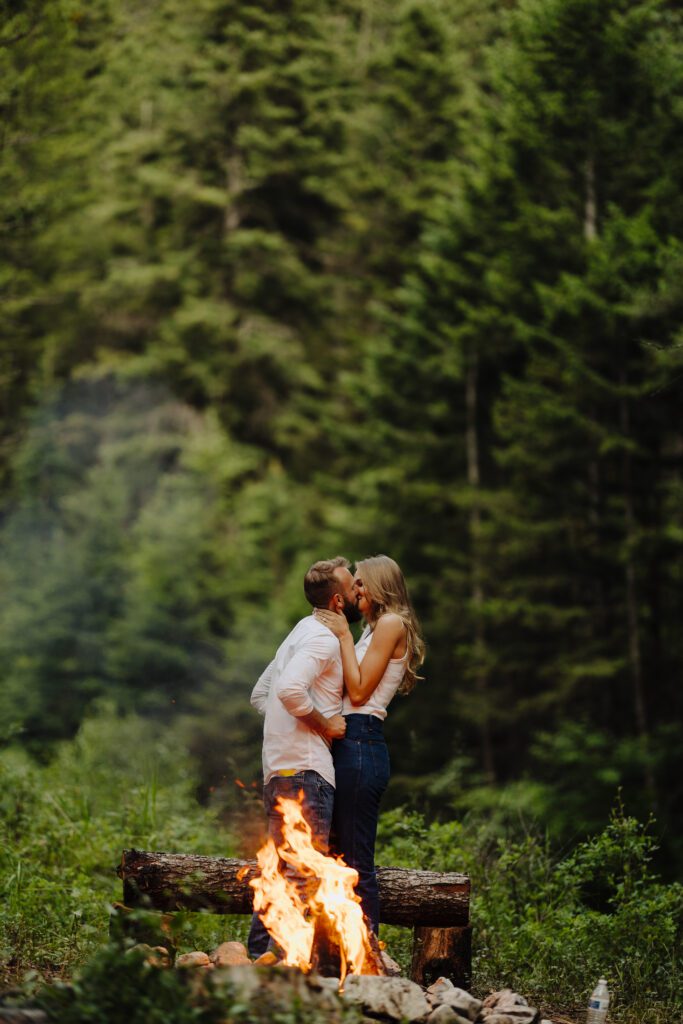
And can see that when I zoom in, I did not lose detail and you do not see any pixelation because I was able to keep my ISO under 1000.
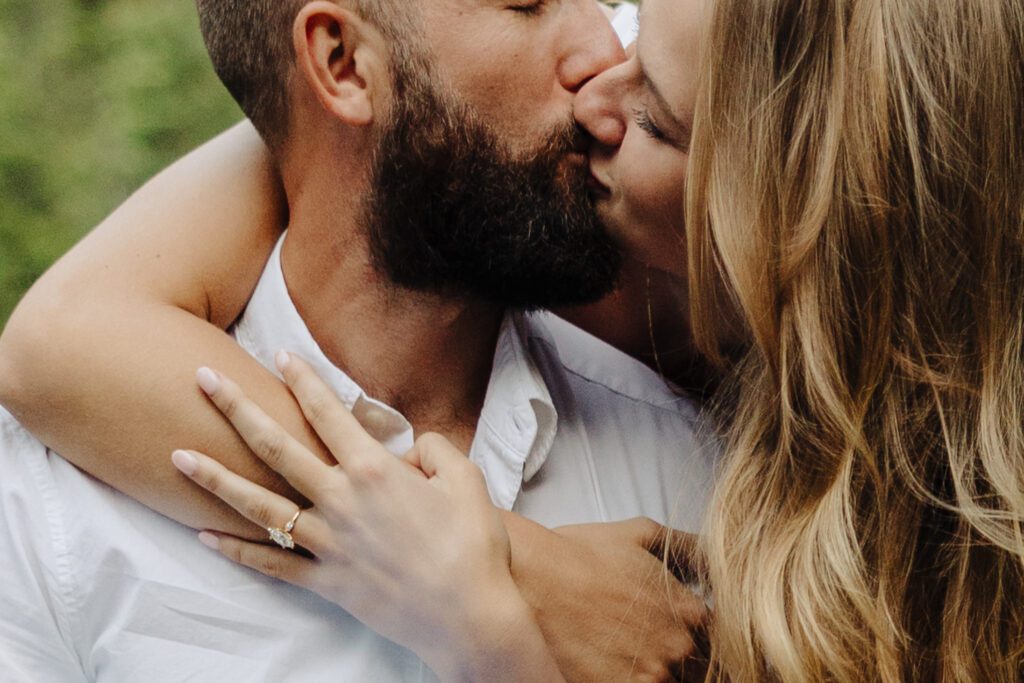
In conclusion, prime lenses offer distinct advantages in terms of image quality and creative control. Despite their inability to zoom, their fixed focal length and larger aperture allow for stunning background blur and subject isolation. However, this comes with the trade-off of needing to physically adjust your position for framing and potential challenges in fast-paced shooting scenarios. Ultimately, the choice between prime and zoom lenses depends on the specific requirements of each photographic situation.
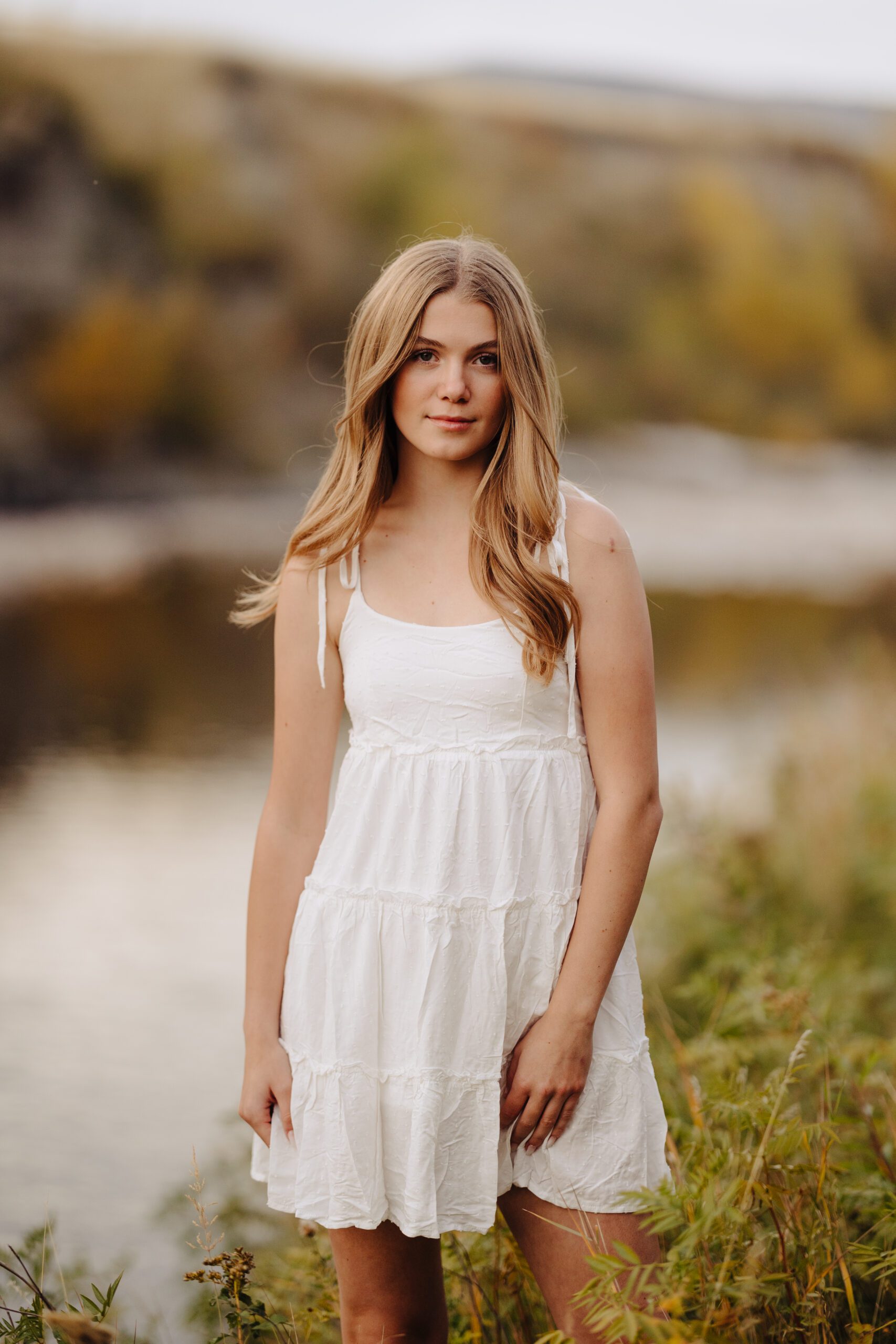
+ show Comments
- Hide Comments
add a comment